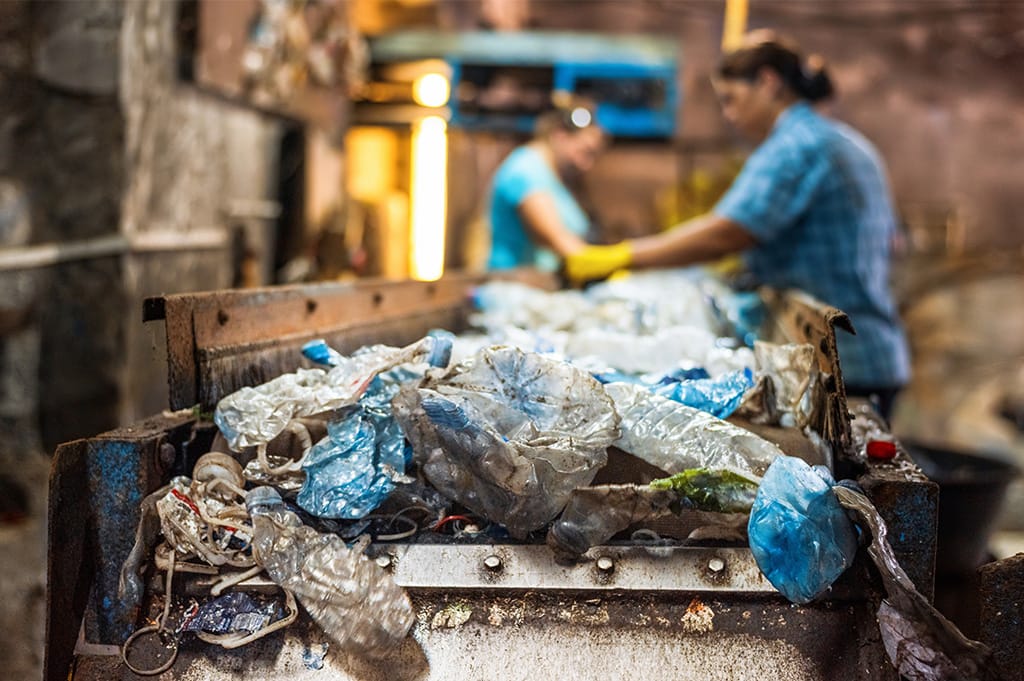Plastic waste management has emerged as a critical aspect of environmental sustainability, particularly in the face of increasing concerns about plastic pollution. In the United Kingdom, recycling initiatives have gained momentum, aiming to reduce the amount of plastic that ends up in landfills and oceans. This article explores how plastic is recycled in the UK, examining the recycling rates, the types of plastic processed, and the implications for the environment.
The Plastic Recycling Process
The journey of plastic recycling begins with collection. Households and businesses are encouraged to segregate their waste, placing recyclable plastics into designated bins. Local authorities then collect these bins and transport the plastic to recycling facilities. At these facilities, the plastic is sorted by type and color, cleaned to remove contaminants, and shredded into small pieces. This shredded plastic is known as “flake,” which can then be processed into new products.
Recycling Rates and Challenges
According to recent statistics, the UK recycles around 45% of its plastic waste, but this figure varies widely across different regions and types of plastic. For instance, while PET (Polyethylene Terephthalate) bottles boast a high recycling rate of about 57%, certain flexible plastics still lag significantly behind, often due to a lack of infrastructure and public awareness. One of the main challenges facing plastic recycling is the contamination of recyclable materials. When non-recyclable items are mixed with plastics, they can spoil the entire batch, making recycling more difficult and costly.
Types of Plastics Recycled
Not all plastics are created equal, and the recycling process often distinguishes between various types. The most commonly recycled plastics in the UK are:
- PET (Polyethylene Terephthalate) Commonly used for drinks bottles, PET is highly recyclable and frequently finds new life as clothing, carpets, and new bottles.
- HDPE (High-Density Polyethylene) Found in milk jugs and detergent bottles, HDPE is another highly recyclable plastic. It is often converted into piping, plastic lumber, or recycling bins.
- PVC (Polyvinyl Chloride) Used in piping and flooring, PVC recycling is less common, but some facilities are beginning to process this type for use in new construction materials.
- LDPE (Low-Density Polyethylene) Found in shopping bags and bread wrappers, LDPE recycling is growing, although the material is often downcycled into products like floor tiles and lumber.
- PP (Polypropylene) Commonly used in food containers and straws, PP is gradually becoming more accepted in recycling programs, resulting in products such as automotive parts and signal lights.
- PS (Polystyrene) This type is difficult to recycle and is often sent to landfills. However, advancements in recycling technology are opening new possibilities for its repurposing.
Future Directions
Efforts are underway to improve plastic recycling rates in the UK. Initiatives such as Extended Producer Responsibility (EPR) aim to make producers accountable for the entire lifecycle of their products, encouraging them to design more easily recyclable packaging. Additionally, public awareness campaigns are crucial in teaching consumers the importance of proper waste segregation and the benefits of recycling.
The push for stronger recycling practices in the UK reflects a collective commitment to combatting plastic pollution and fostering a sustainable environment. By understanding how plastic is recycled and the types of plastics that make it through the process, we can all contribute to a more circular economy and a cleaner planet for future generations.
